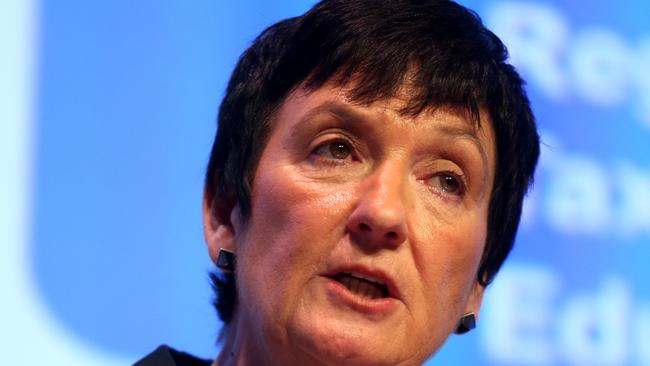BCA chief Jennifer Westacott’s plan to fund education
The Business Council of Australia will today unveil a plan to give individuals more control over their education.

Workers would be able to regularly update their skills to keep pace with a changing jobs market by accessing funds from a special lifelong training account, under a proposed shake-up of tertiary education.
Business Council of Australia chief executive Jennifer Westacott will today unveil the radical plan aimed at handing greater control to individuals over their education while also improving access to vocational qualifications.
In a speech at the National Press Club in Canberra, Ms Westacott will argue that the vocational education and training (VET) system has been neglected with students receiving less government support than those attending universities.
“We’re talking about removing the distortions in funding and governance and creating a single tertiary system with a reinvigorated VET sector as a cornerstone,” Ms Westacott says in a draft version of her address obtained by The Australian.
“Enrolled nurses study in VET. Registered nurses study in higher education.
‘‘Can someone explain to me why the VET student can access an income-contingent loan of up to $15,000, while the university student nurse can borrow more than six-times that?”
Ms Westacott will propose a new mechanism to correct what she says is a “funding bias” against the VET sector and to help achieve better value from the $20 billion that goes into tertiary education each year.
The proposal for a new “Lifelong Skills Account” or LSA would allow all Australians to “dip in and out of their account as required” to help keep up with the demands of the modern-day jobs market.
It would also allow employees to use the account to complete individual modules or courses instead of entire degrees.
The LSA would have two components — a taxpayer subsidy as well as an income contingent loan which would operate in a similar way to the HELP (Higher Education Loan Program) scheme.
A government institution or “decision maker” would determine the size of the subsidy component which would depend on several factors.
These would include the cost of delivering the course, its public benefit to society and the income it would generate for the individual.



